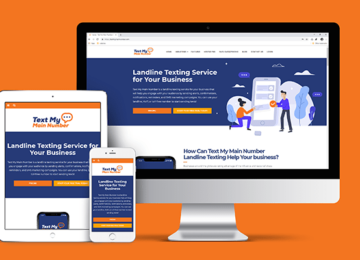Complying with the rules and regulations is an integral part of life, whether it is about traffic signals, standing in queues for tickets or running a full-fledged business. The term ‘corporate compliance’ refers to how a company ensures that they follow all the laws, policies, rules and regulations. The process involves planning, strategising, implementing and monitoring all such practices and procedures. The primary objective of corporate compliance programs is to prevent violations of any laws. It is also applicable to third-party entities with which you partner to conduct business.
Since businesses partner with other entities regularly, it is important to manage their risks through a compliance program. But, managing it manually could slow down your growth and snatch off opportunities. To avoid this, you can opt for a compliance management tool. Keep on reading to know more about it and how you can manage such risks.
Keys Elements to Manage Third-Party Risks
To cover all the aspects related to third parties, here are some of the key elements that you should know to manage them effectively.
- Focus on Data: The value of reliable information is quite underappreciated. With the help of data, you can actually run a check on third parties before even signing a deal with them. Instead of relying on multiple sources, opt for one dependable tool that you can use to access any information. Remember that you should leverage a source that offers real-time information to keep pace with ever-evolving legal, audit, and regulatory risk concerns.
- Keep A Check on High-Risk Entities: Continuously monitor the red flag institutions based on the risk assessments done by your firm. Track their activities and take action accordingly. It will help you make a decision on whether or not to continue the association with such parties.
- Opt for Automotive Tools: Move from manual to automated reporting and monitoring processes to streamline and efficiently manage risk. It will allow data flow to be constant, and the requirement for human intervention will be minimal, leaving less room for errors.
Several corporate compliance tools are available in the market, which you can opt for to ease your management. These software solutions help businesses comply with industry, legal, security, and regulatory requirements and standards. Also, they make it easy for the management to continuously audit user activity, streamline risk management and implement other required measures.
Which is the Best Corporate Compliance Tool for Third-Party Risks?
Dun & Bradstreet is the leading global provider of data and actionable insights that assist businesses in improving their performance. And to minimise risks related to your business peers or potential associates, it offers a tool called D&B Onboard, which is the most efficient corporate compliance management platform in India. They offer a comprehensive database and also keep a check on entities to ensure compliance with international rules, regulations and sanctions. Further, the tool helps to uncover hidden risks by viewing the company’s organisational structure for better understanding. Also, it automates all the manual risk assessment efforts when onboarding a new party. So, if you are looking for a robust compliance tool, you can reach out to Dun & Bradstreet on their official website, ask for a demo, and decide thereafter.












